
Know what’s happening
Access the private noticeboard for verified neighbours near you. Keep informed about any suspicious activity, send urgent updates to your neighbours when required and discuss emergency planning.
Get to know your neighbours
Browse the directory and start getting to know your neighbours. Don’t want to post to the whole neighbourhood? Send a private message.
Buy, sell and give away
Want to declutter your garage? Buy some used household items? Give away some garden stuff? Become a verified neighbour to browse and post items for sale. Trading is simple when everyone lives nearby.



Thank you for using Neighbourly
You may receive an email confirmation for any offer you selected. The associated companies will contact you directly to activate your requests.
Nicole Mathewson Reporter from The Press
By local democracy reporter Brendon McMahon:
Just six of 25 submitters to the West Coast Regional Council 2024-34 long-term plan (LTP) will appear at a hearing in Greymouth on Tuesday.
The proposed 10 year plan proposes an average 27% general rates increase in 2024-25 to partly fund a … View moreBy local democracy reporter Brendon McMahon:
Just six of 25 submitters to the West Coast Regional Council 2024-34 long-term plan (LTP) will appear at a hearing in Greymouth on Tuesday.
The proposed 10 year plan proposes an average 27% general rates increase in 2024-25 to partly fund a proposed budget of $25.2 million for the next financial year.
The other option in year one - to increase general rates by 44% - was based on rates alone funding.
However the preferred option in the proposed LTP is to reduce the full annual budget impact on ratepayers in the first few years by borrowing.
Engagement in this LTP has been relatively low compared to the previous two LTP processes in the past seven years.
A report for Tuesday's hearing notes previous LTPs received "moderate to high" submissions.
The current 2021-31 LTP received 621 submissions while the previous LTP in 2018 saw 73 submissions.
"Compared to the 22,000 rating units on the Coast, it's a fairly low turnout," West Coast Regional Council chairperson Peter Haddock admitted on Monday.
But he believed the low submissions in 2024 was a positive reflection on what the current council had moved on in the past year.
"It shows clearly that people understand that there has been clear change at council for the better.
"No-one wants rates increased but I think that it shows that change was necessary.
"The council was in a pretty broken state and it needed money spent on it right across the board."
Haddock cited the council's less than fit IT system, and accounting system linked to the "rates error" late in 2023 as an example, aside from the governance upheaval.
He said the LTP strategy was to invest in staff and systems to ensure "a well oiled machine".
At the same time the regional council general rate, compared to the three district councils was "relatively low," he said.
People still needed to watch their targeted special rating district levies, above the general rates and uniform annual general charge.
Significantly the proposed LTP ushered in special rates for Westport residents (a 539% bump) for the first time to pay for the already budgeted share of their Government co-funded $22.9m flood resilience scheme.
Yet there was apparently little kickback on it, Haddock said.
"I think it shows that people accepted that they want that for the betterment for their community.
"It's unfortunate it does cost … let's not forget they are being subsidised."
Haddock compared the future benefit for Westport to that of the Greymouth Floodwall scheme via special rates for 30 years, "for the betterment of the town".
Under the proposed LTP "balancing the budget" and whether council should shoulder the Predator Free Te Kinga project were the two main consultation topics.
Ratepayers were also asked to comment on the LTP financial and infrastructure strategy, policies, and user fees and charges.
Comment was also sought feedback on the planned transfer to its ownership of the Grey District Council owned Greymouth Floodwall, and the Westland District Council-built Havill Wall protection bank at Franz Josef.
Under the first general rates increase option all properties in the Grey District will pay the following per $100,000 of capital value:
* General rate, a $14.70 increase from $50.26 to $64.96 in 2024-25,
* Emergency management levy increase from $10.17 to $4.58,
* The one district plan (Te Tai o Poutini Plan) decreases from $15.22 to $3.99 in 2024-25,
* The Uniform Annual General Charge in 2024-25 increases $36.31 to $192.59.
It means a Grey District dwelling worth $300,000 will see their total general rates bill increase to $443.70 in 2024-25.
This is made up of:
* General rate, $194.89
* Emergency management, $4.27
* Te Tai o Poutini Plan, $11.96
* Fixed UAG charge, $192.59
That excludes any special rating district levy, such as for the Greymouth Floodwall area.
Nicole Mathewson Reporter from The Press
By local democracy reporter Brendon McMahon:
A billing mistake that saw a debt of just over $701,000 sit on the West Coast Regional Council books for three years should never happen again, according to the head of its finance committee.
Council this week congratulated itself on the recovery … View moreBy local democracy reporter Brendon McMahon:
A billing mistake that saw a debt of just over $701,000 sit on the West Coast Regional Council books for three years should never happen again, according to the head of its finance committee.
Council this week congratulated itself on the recovery of long standing debt in the past few months, the ongoing rebuild of its finance management system, and a pending report back on four internal audits driving the rebuild.
However, Risk and Assurance Committee chairperson Frank Dooley (pictured) said the error made back in 2021, leaving a $701,718 debt on the council's books, still needed to be cleared up through the council's annual reporting.
Caused by a "clerical error", the debt was indicative of the council's previous dysfunction where a billing mistake was left to fester instead of being proactively followed up, he said.
"It was a double up in an invoice.
"You just don't follow up three years later," Dooley said.
A public outcry in late 2023 spurred a flurry of activity by council to sort out its rates and debt systems after some ratepayers were overcharged by up to 300% in the first installment for 2023-24.
It has already adopted a new system to chase up external debt and internal audit reviews are currently underway into:
* cash handling
* credit card and fuel card expenditure
* procurement (capital and operational)
* rates setting and charging processes.
Chief executive Darryl Lew said the findings should be reported directly to the committee by June.
He said it reflected "a significant body of work" with new actions out of it needing to align now with the 2024-34 long-term plan and a planned revision of council's committee structures, he said.
Councillor Peter Haddock said council's commitment to do a fix up had been quite a resource commitment when it was "running low".
But it was essential to rebuild the organisation.
Councillor Peter Ewen said that was significantly helped by changes at the top in the past year, with the chair replaced and a new chief executive.
"A lot of the progress that has come about is because we now have communication between the chair and the chief executive.
"It's made a hell of a difference," Ewen said.
On May 16, Dooley told LDR the $701,718 dated back to a claimant being invoiced twice and the amount then being carried over in council's debtors' ledger.
He said there had been no inquiry until recently about it when it became clear the amount was disputed.
The "mistake" had made a $700,000 impact on council's bottom line.
"The impact of that $700,000 reversal will probably be in the annual report."
Dooley said at this point he was unsure if that particular mistake could have been repeated.
"I don't really know but that's why you have to drill down debtors on a regular basis - that's when you pick it up.
"Errors have to be investigated and corrected, and that hasn't been happening," he said.
Council was now working with its auditors to build new systems including ensuring accurate rendering of rates debt.
"We're starting to drill down, asking are they accurate or not?
"I've got a lot of confidence now … we're putting in place the appropriate procedures and controls so we can manage this on a day to day basis and make it effective."
Dooley said part of the issue had been inadequate staff numbers - despite some question around an increase in staff at council.
"If you don't have those people doing the right job, it creates inefficiencies, and creates a massive cost to the ratepayers - every time we make a mistake it costs.
"I'm really pleased about the progress."

Don’t miss out! For only $15 a ticket, you could be in to win this brand-new, fully furnished Jennian home located in stunning Papamoa, worth just over $1.1 million.
Featuring three bedrooms, two bathrooms and an open-plan kitchen, living and dining area, this home is waiting to be loved by … View moreDon’t miss out! For only $15 a ticket, you could be in to win this brand-new, fully furnished Jennian home located in stunning Papamoa, worth just over $1.1 million.
Featuring three bedrooms, two bathrooms and an open-plan kitchen, living and dining area, this home is waiting to be loved by its new owner.
Make this property your permanent residence, a holiday home, a rental, or you can simply sell it! Get your tickets today.
Find out more

The Team from Neighbourly.co.nz
People associate bullying with children in schools, but it can actually stretch beyond childhood to workplaces or neighbourhoods.
This Friday is Pink Shirt Day, which began in Canada in 2007 when two students took a stand against homophobic bullying after a new student was harassed for wearing … View morePeople associate bullying with children in schools, but it can actually stretch beyond childhood to workplaces or neighbourhoods.
This Friday is Pink Shirt Day, which began in Canada in 2007 when two students took a stand against homophobic bullying after a new student was harassed for wearing pink. People across the globe are now encouraged to wear pink on this day to take a stand against bullying and promote inclusivity.
Have you or your whānau ever experienced bullying? Share your thoughts on Pink Shirt Day below.
Type 'Not For Print' if you wish your comments to be excluded from the Conversations column of your local paper.

211 replies (Members only)
The Team from Neighbourly.co.nz
We are continuing our Q&A sessions on Neighbourly. This week we have the amazing Sacha Green from Citizens Advice Bureau New Zealand (CABNZ) who will be answering your questions about your renting rights.
A little bit about Sacha:
She has been working for CABNZ for 10 years and is … View moreWe are continuing our Q&A sessions on Neighbourly. This week we have the amazing Sacha Green from Citizens Advice Bureau New Zealand (CABNZ) who will be answering your questions about your renting rights.
A little bit about Sacha:
She has been working for CABNZ for 10 years and is passionate about empowering people with knowledge of their rights as well as ensuring access to justice.
She helps support the team of over 2,000 trained volunteers who deliver the CAB service in 80 neighbourhoods around Aotearoa by providing advice and support at a national level on a wide range of issues. One of Sacha’s work areas is leading the CAB’s social justice work on housing and tenancy issues.
Whether you're a flatmate, landlord, boarder or flatmate, you can leave a comment below and Sacha will share an answer on Wednesday from 9.30am. You may want to ask about notice periods, bond fulfillment, reasonable rent increases, or even whose responsibility it is to deal with mould in the home.
Join Sacha here on Wednesday at 9.30am. See you then!.
⇩ Share your question below ⇩

40 replies (Members only)
Ernest Rutherford Retirement Village
Moving to a retirement village marks the beginning of a new chapter filled with opportunities waiting to be explored. Naturally, you want to share this journey with your beloved furry companion, and at Ryman, you are welcome to bring your pet along, provided they are suitable for the village … View moreMoving to a retirement village marks the beginning of a new chapter filled with opportunities waiting to be explored. Naturally, you want to share this journey with your beloved furry companion, and at Ryman, you are welcome to bring your pet along, provided they are suitable for the village environment.
Once your pet is approved for the village, the focus shifts to ensuring a smooth transition for them. Dogs and cats, being creatures of habit, may find relocating stressful. However, with patience and a thoughtful approach, we can mitigate their anxiety and help them settle into their new surroundings seamlessly.
For more tips click read more.

Manaaki Tāngata | Victim Support
There's strength in community, especially when times are hard. Victim Support is here to ensure that nobody faces the aftermath of crime, suicide or traumatic events alone. But we need you! Bring your unique life experiences to the table and join us in meaningful work that changes lives.
… View moreThere's strength in community, especially when times are hard. Victim Support is here to ensure that nobody faces the aftermath of crime, suicide or traumatic events alone. But we need you! Bring your unique life experiences to the table and join us in meaningful work that changes lives.
By volunteering with us, you can make a real difference, helping victims stay informed, safe, and empowered. Volunteer today and do good in the dark times.
With heartfelt thanks,
The Victim Support Team
Find out more

Some kiwis think hearing devices are big and ugly.
What if we told you technology has advanced substantially and they’re available in all shapes, colours, and sizes?
Go in the draw to win* a $40 MTA voucher when you share your answer to the
question below. Give it a go!
… View moreSome kiwis think hearing devices are big and ugly.
What if we told you technology has advanced substantially and they’re available in all shapes, colours, and sizes?
Go in the draw to win* a $40 MTA voucher when you share your answer to the
question below. Give it a go!
*T&C’s apply – must be over 18.
Find out more

18 replies (Members only)
Nicole Mathewson Reporter from The Press
By local democracy reporter Brendon McMahon:
Delays in the decommissioning of dangerous rock quarry near Greymouth has raised the ire of a West Coast Regional councillor.
A fresh report on the mothballed Kiwi Point Quarry this week to council's Infrastructure Governance Group did not go … View moreBy local democracy reporter Brendon McMahon:
Delays in the decommissioning of dangerous rock quarry near Greymouth has raised the ire of a West Coast Regional councillor.
A fresh report on the mothballed Kiwi Point Quarry this week to council's Infrastructure Governance Group did not go down well with councillor Peter Ewen.
He said the risk to the public from the site had already been on the radar for at least six years and the fresh report - following a geotechnical report in mid-2022 - made no reference to the abandoned underground mine shafts dating back to the 1920s beneath the site, Ewen, a recognised West Coast mine historian, said.
The site remains on notice from Work Safe.
Ewen said the risk of the site's collapse onto the Tranz Alpine tourist train route and State Highway 7 had been well signalled - as seen in June 2022 when the train ran into a slip below the quarry access road.
"The risk is there. Furthermore, in 2018 it was highlighted it would effect the State highway and the Tranz Alpine. Well, in 2022 the train hit a slip there - under the bridge."
The Tranz Alpine hit a slip beneath the Kiwi Point rail overbridge in June 2022. That incident was relatively minor but, "heaven forbid we have a large slip and another train or vehicle gets caught", Ewen said.
"I'm pretty disappointed with (the report) actually because historically there has been front page stories on this site.
"There's quite a void there and to not have that included in a report is a deficiency I'm not prepared to accept.
Council ceased operating the quarry about 2020 after 45 years of extraction.
Since then part of the access road has been removed to deal with the slip risk onto the road and railway below.
"I've raised this before … the risk is sub-surface.
"The deficiency of not having that in those official reports is not right. I object to receiving these like this," Ewen said.
Ewen said "a big cavernous shaft" in the area escalated the risk yet council now had two reports which failed to appraise that.
Ewen has repeatedly raised the risk to council staff in public meetings in the past two years.
He said his concerns could be verified by historic mine maps and the issue was well known locally.
A staff report said the latest consultant study recommended "an extensive amount of work which will be costly".
Acting catchments manager Shanti Morgan said another "risk assessment" on the quarry's current status, as well as on the necessary work to make it safe, were recommended.
That would allow for cost estimates to formally decommission the site, Morgan said.
Council chief executive Darryl Lew said Ewen should be tapped by staff to ensure the consultant was fully informed, pending an expanded report.
Committee chairperson Frank Dooley said while the latest report was based on scope, "if that scope is deficient that that is another issue."
"What councillor Ewen is saying, that is an issue."
Councillor Peter Haddock agreed and said the quarry being above an historic mine was known, as was the risk from a local fault line nearby.
He also said the latest report effectively repeated the previous 2022 report.
Councillor Brett Cummings said the latest report did identify a rock knob above the quarry as something council had to deal with given it was a fall risk.
"Council didn't put it there - that seems unfair. That's going to be the dearest part, removing that natural feature."
Nicole Mathewson Reporter from The Press
By local democracy reporter Brendon McMahon:
A proposal to shift the road tax burden onto those who drive the furthest will really hit people living in provincial regions like the West Coast, the chair of its regional transport committee says.
West Coast Regional Transport Committee … View moreBy local democracy reporter Brendon McMahon:
A proposal to shift the road tax burden onto those who drive the furthest will really hit people living in provincial regions like the West Coast, the chair of its regional transport committee says.
West Coast Regional Transport Committee chairperson Peter Ewen said the West Coast needed to "front foot it" by banding together with similar regions to strongly submit against some of the proposed measures.
The Government is proposing to increase the fuel excise tax at the pump - ahead of further work to put all vehicles on an even footing by paying a road user charge instead.
This could see all vehicles - electric, petrol and diesel - being charged based on weight and distance travelled.
This approach could be "very significant" for the 650km long West Coast region, Ewen told council's Resource Management Committee this week.
Ewen said it could "unduly penalise" the West Coast and similar rural provincial regions which had no public transport, meaning people needed to drive long distances to access basic services like medical care.
The move to charge based on "use" would be disproportionate compared to the major urban centres, leaving the West Coast "at the vanguard" of user pays again for rural dwellers, the West Coast Regional councillor said.
"We have to make it very clear that one fit doesn't fit all … the talk of transport is all urban focused," he said.
Councillor Frank Dooley said the proposed changes seemed "really weak" on mitigations.
"I get really concerned when they talk about 'nature based solutions'."
Councillor Brett Cummings said it did put the issues back to the region "to come up with solutions".
At the same time the price of fuel and the impact on the region's industry "is really expensive".
"From my point of view I'd rather they take some of the tax off fuel for those that don't drive on the road."
He was referring to the likes of farming and mining machinery which pay road user charges through their fuel.
Councillor Peter Haddock, a member of the regional transport committee, said the idea was to ensure electric vehicles now paid for their road use.
He suggested Ewen and himself would be more than happy to advocate at a South Island level.
CEwen said the pressure was only going to get worse in the meantime with the country now reliant on imported refined fuel already exacerbating rural living costs.
"This is getting out of hand. We don't have any Marsden Point any more, and we're at the end of the queue, with rural communities even further back."

Nicole Mathewson Reporter from The Press
By local democracy reporter Brendon McMahon:
The top three polluted creeks on the West Coast will be targeted in a voluntary new approach to help clean up its waterways.
The West Coast Regional Council, using decades of previous data, plans to work with adjoining landowners in to address … View moreBy local democracy reporter Brendon McMahon:
The top three polluted creeks on the West Coast will be targeted in a voluntary new approach to help clean up its waterways.
The West Coast Regional Council, using decades of previous data, plans to work with adjoining landowners in to address polluted waterways via "non regulatory methods".
Waimea Creek, which hosts almost a dozen working gold mines, is one of the worst three, with multiple abatements slapped on mine operators following a raft of complaints over many years.
Bradshaws Creek near Westport and Baker Creek near Karamea are the other two on the list, with farming believed to be contributing to poor water quality.
Council's resource management committee agreed on May 7 to press "pause" on its Freshwater Farm Plan measures as it awaits a Government review of the system.
The regional council then endorsed promoting a voluntary approach via the catchment management programme.
Acting planning manager Selva Selvarajah said the proposed approach in working with adjoining landowners was "almost brand new" for the region.
Until now catchment issues had been dealt with by council on a case-by-case basis, he said.
"Non regulatory methods" via catchment management programmes can be effective, based on wider experience.
The pause now on the Freshwater Farm approach gave scope for council's own catchment programme, he said.
Key stakeholders Poutini Ngāi Tahu, the farming sector and the region's dairy company were on board with the new voluntary approach.
Decades of catchment data held by council was used to identify the most problematic areas to make a start, Selvarajah said.
Programme co-ordinator Koeen Beets said their data base on E Coli, phosphorus, clarity, and macroinvertebrates helped them identify "the poorest" catchments.
Waimea Creek, Bradshaws Creek and Baker Creek were "the worst case scenarios".
Waimea had "a very poor" clarity score linked to activity in the catchment. Yet to be harvested plantation forestry, mining and farming were believed to be factors.
Beets said mixed farming dominated Bradshaws Creek, and he presented a picture of stock pugging on that creek's bank as an example.
That creek fed into the same estuary as Martins Creek, above the popular swimming spot on Marrs Beach opposite the town of Westport.
That beach has been on council's radar for years for its poor swimming water quality.
Beets said that catchment would require a broad approach to understand the complex factors at play.
Council environmental scientist Jonny Horrox said Martins Creek would not be ignored following a previous community-group approach.
There was less farming in that catchment compared to Bradshaws, he said.
Beets said the E .coli levels for the dairy-dominated Baker Creek at Karamea was very poor.
He said it was on a score where if a swimmer dipped into it 100 times, they would become sick from seven of those swims, he said.
Consultant Nicola McGrouther, an expert in catchment management, said the aim was to support adjoining landowners to voluntarily make changes to improve water quality.
"They need to be farmer-led and community-led," she said.
Each catchment programme would be unique with an underlying standard approach similar to that used by the NZ Landcare Trust community catchment model.
"We work with those communities to understand what the issues are."
Councillor Frank Dooley, who queried a possible link between Westport's wastewater treatment site and the headwaters of Bradshaws Creek, said he wanted to see an action plan on how the groups would be formed.
Council chief executive Darryl Lew said council already had external funding to employ Beets as the direct contact, and two further interns.
Lew believed council could direct adequate resources to support three catchment groups meantime with the existing funding until June 2025, with the council's proposed long-term plan incorporating it from there.
Hello! Are you a …
- A student/young professional renting
- A young family, renting or owning
- An older New Zealander/retiree/pensioner
We’re reaching out from the Tova show, the flagship weekly politics podcast on Stuff, as we prepare for our budget coverage and how it’s affecting … View moreHello! Are you a …
- A student/young professional renting
- A young family, renting or owning
- An older New Zealander/retiree/pensioner
We’re reaching out from the Tova show, the flagship weekly politics podcast on Stuff, as we prepare for our budget coverage and how it’s affecting Kiwis - we’d love to hear from you.
We need a few people who are available the week before the budget (Wednesday 22nd/Thursday 23rd May) and on the day of the announcement (Thursday 30th May).
Please email tova@stuff.co.nz or comment below if you’d like to share your perspective with us. We give you our commitment to treat your experience with sensitivity and care.
Type NFP if you don't wish your comments to be used.

36 replies (Members only)
The Team from Neighbourly.co.nz
It's NZ Music Month and New Zealand really has some beautiful songs from artists that we call our own.
Whether it's April Sun in Cuba, Don't Forget your Roots, or How Bizarre or Bic Runga's 'Sway' - songs have a way of unlocking memories and evoking old feelings.
… View moreIt's NZ Music Month and New Zealand really has some beautiful songs from artists that we call our own.
Whether it's April Sun in Cuba, Don't Forget your Roots, or How Bizarre or Bic Runga's 'Sway' - songs have a way of unlocking memories and evoking old feelings.
In honour of NZ Music Month, share a New Zealand song or artist that is special to you and explain why.
Type 'Not For Print' if you wish your comments to be excluded from the Conversations column of your local paper.
55 replies (Members only)
The Team from Neighbourly.co.nz
Green thumbs are being asked to watch out for a beautiful but toxic flower that could be growing in their backyards.
What you need to know:
- Every part of the plant is poisonous, and can cause gastroenteritis, thirst, paralysis, blindness, and heart and kidney failure.
- This plant is hardy … View moreGreen thumbs are being asked to watch out for a beautiful but toxic flower that could be growing in their backyards.
What you need to know:
- Every part of the plant is poisonous, and can cause gastroenteritis, thirst, paralysis, blindness, and heart and kidney failure.
- This plant is hardy and normal pest control efforts are often not enough to eradicate.
- The cape tulip, growing up to 90cm high with one strap-like leaf, was introduced to Aotearoa in the 1940s, the Ministry for Primary Industries’ manager for pest management John Sanson said. “Cape tulips, like many of these invasive weeds, are really attractive ornamental species ...but they escape over people’s backyard fences and into pasture, as these things often do,”
- It was classified as a noxious plant in the late 1970s after they were discovered to cause harm to livestock and humans, even killing animals when too much as ingested.
- The salmon-pink flowers bloom for about two days a year between June and December, and have previously been an ornamental species for keen gardeners.
Sanson urged people who believed they had the weed growing on their property to leave it untouched and contact Biosecurity New New Zealand’s Exotic Pest and Disease on 0800 80 99 66.
Once a site was confirmed, manual removal or chemical treatment would start.
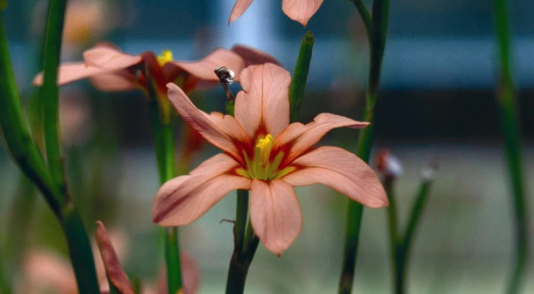
With Mother’s Day just around the corner, we’ve got you covered. Enjoy up to 34% off 1-year magazine subscriptions and grab a gift for yourself or a mother figure that’ll last all year long!
With over 50 titles to choose from, there’s something for everyone at mags4gifts.co.nz. To make … View moreWith Mother’s Day just around the corner, we’ve got you covered. Enjoy up to 34% off 1-year magazine subscriptions and grab a gift for yourself or a mother figure that’ll last all year long!
With over 50 titles to choose from, there’s something for everyone at mags4gifts.co.nz. To make your gift even more special, make sure to click the “This order is a gift” box to add a free personalised e-card to your order. Mother’s Day offers end at midnight on 11 May, so don’t miss out! T&Cs apply.
Find out more

 Loading…
Loading…
Are you sure? Deleting this message permanently removes it from the Neighbourly website.
 Loading…
Loading…
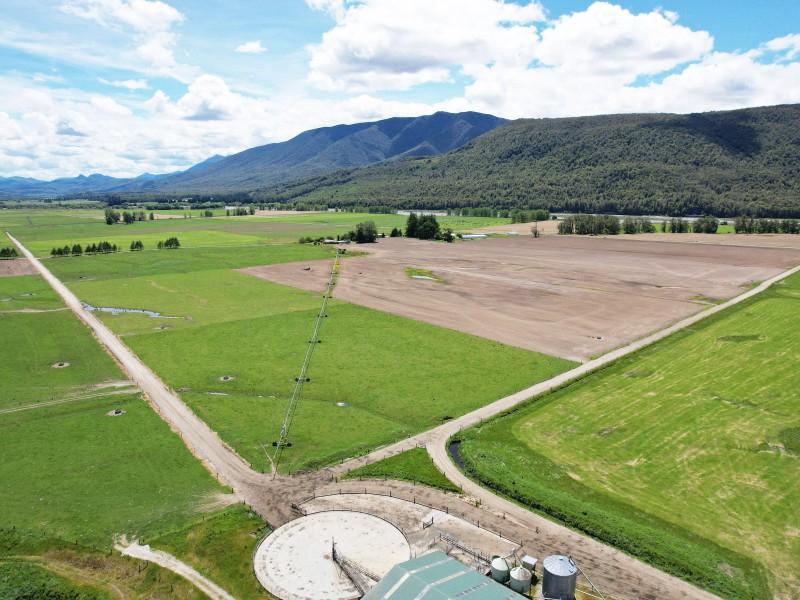
 Tender
Tender

 Marketed by Gareth Cox
Marketed by Gareth Cox
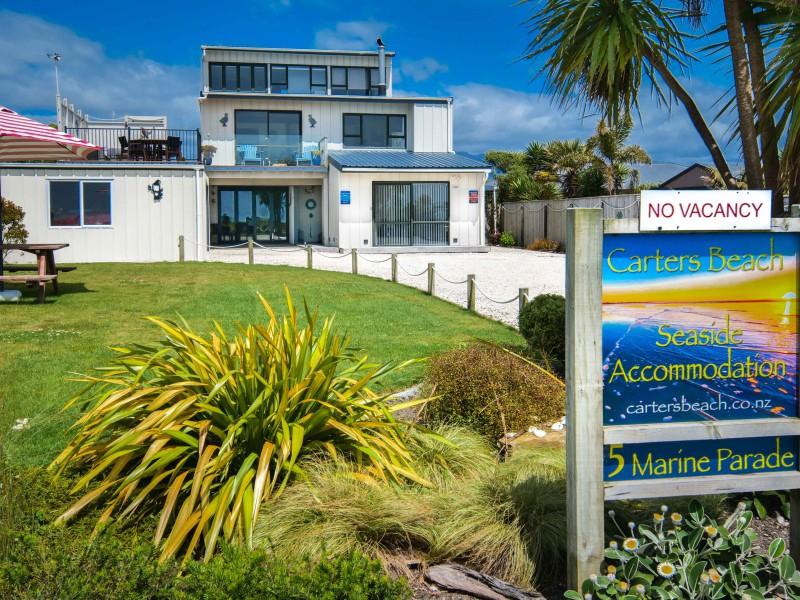
 Buyers $1,100,000+
Buyers $1,100,000+



 Marketed by Glenys Elley
Marketed by Glenys Elley
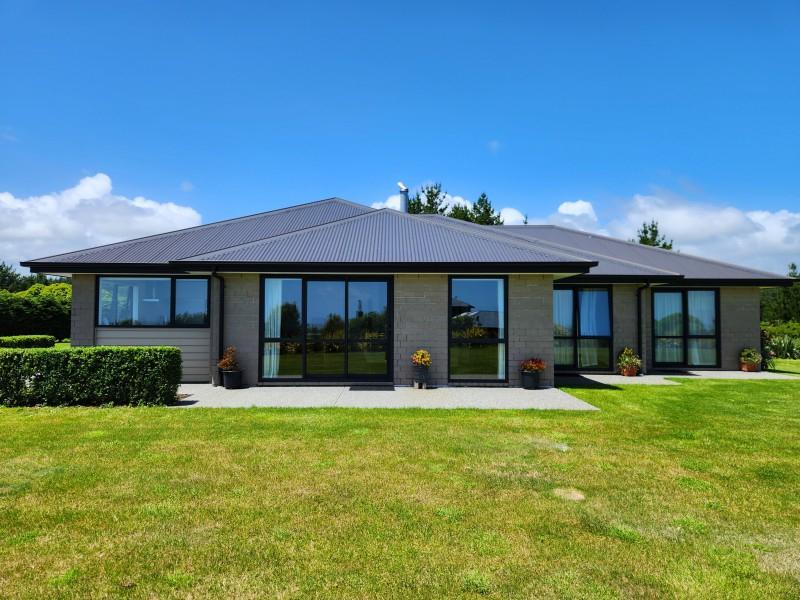
 By Negotiation
By Negotiation



 Marketed by Levi Maskill
Marketed by Levi Maskill
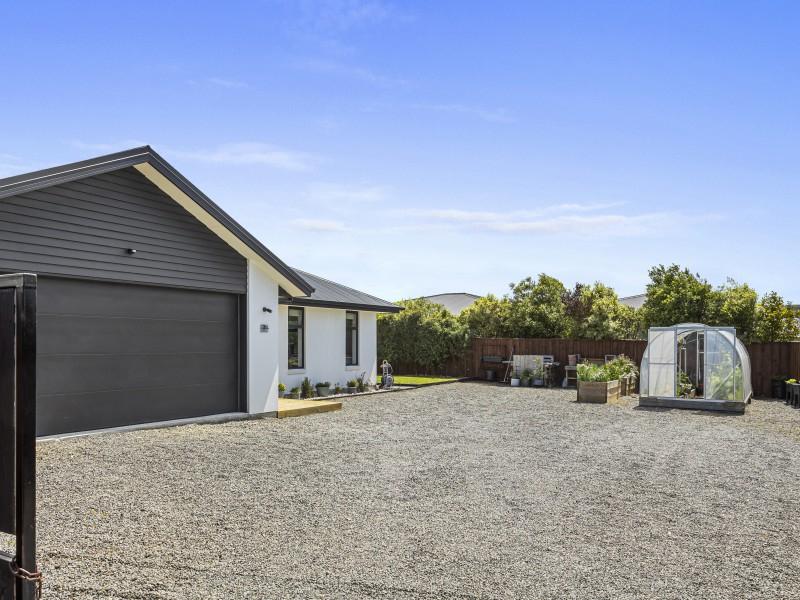
 Deadline Sale
Deadline Sale



 Marketed by Dayan Muntz
Marketed by Dayan Muntz
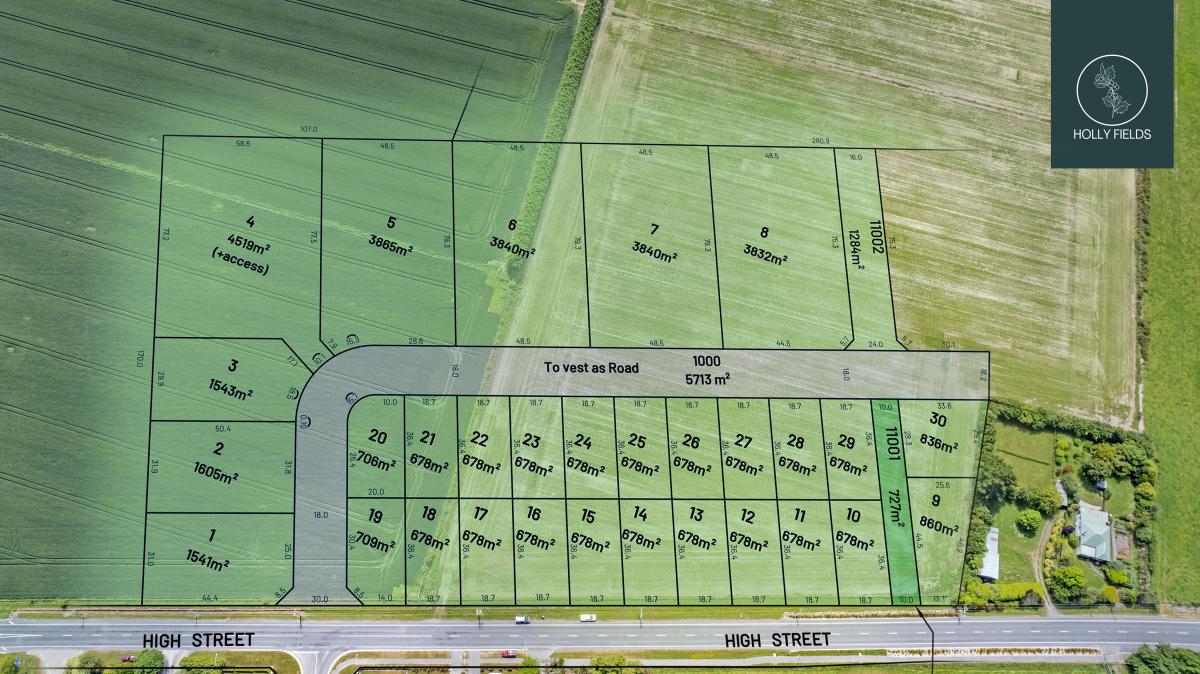
 From $240,000
From $240,000

 Marketed by Stephan Knowler
Marketed by Stephan Knowler
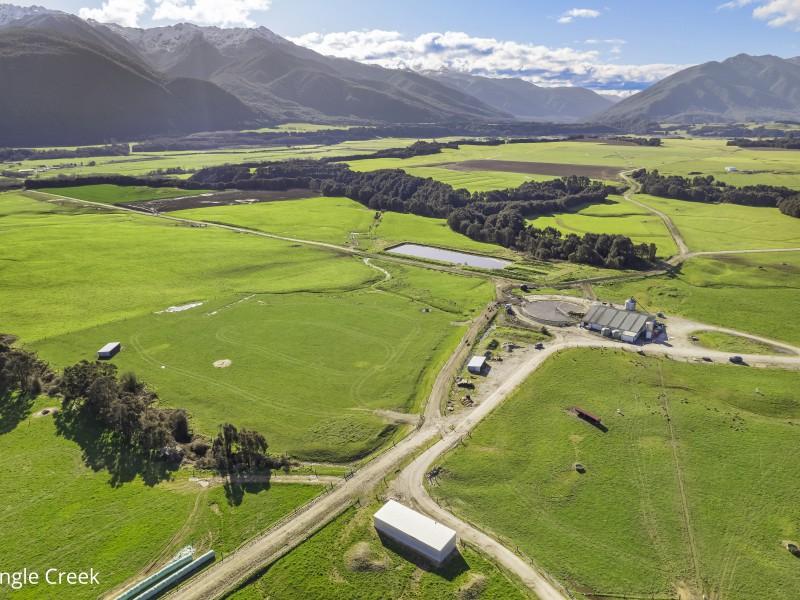
 Tender
Tender

 Marketed by Gareth Cox
Marketed by Gareth Cox

 Buyers $350,000+
Buyers $350,000+


 Marketed by Rob Maskill
Marketed by Rob Maskill
© Neighbourly 2024
